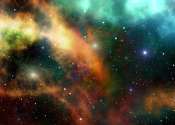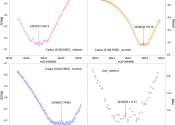Black holes raze thousands of stars to fuel growth
In some of the most crowded parts of the universe, black holes may be tearing apart thousands of stars and using their remains to pack on weight. This discovery, made with NASA's Chandra X-ray Observatory, could help answer ...









